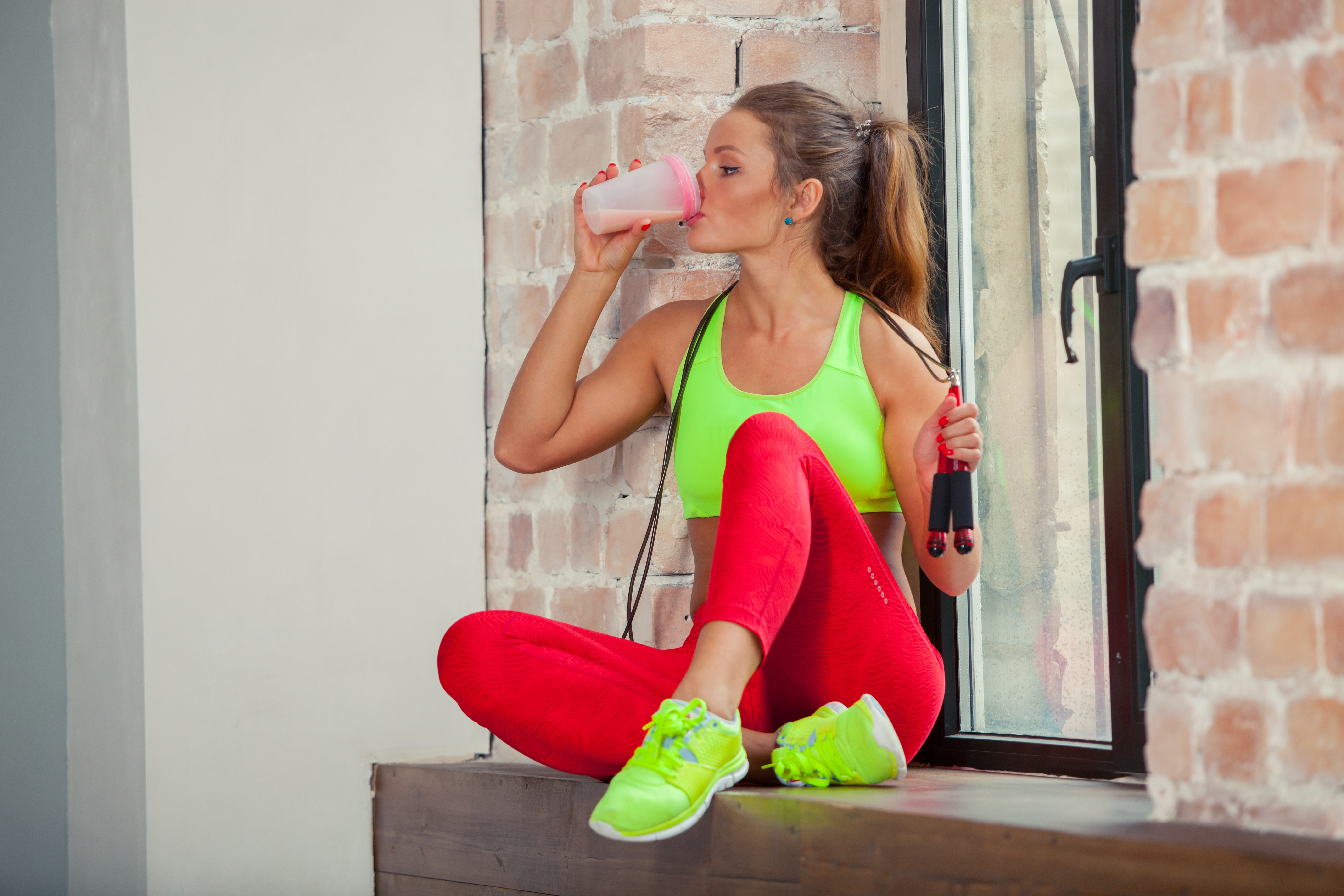
To Eat or Not to Eat
The basic meaning of fasting is ot to to abstain from food. How long your fasting lasts depends on the reason for fasting. Most people fast for religious or spiritual reason but in the fitness industry people fast to loose weight.
If you plan to workout while fasted it is very important to schedule the best time for you to workout while fasted. Because of our different lifestyle, this schedule will differ from person to person.
Should you grab a bite to eat or a small meal before a workout? Or should you start your sweat session with an empty stomach? Fitness gurus say that working out first thing in the morning after fasting overnight burns more fat. Does science support this idea?
It’s true that your body is primed to burn fat when you haven’t eaten in eight or more hours. In fact, some studies show that you burn up to 20% more fat if you exercise before eating. That’s because muscle glycogen, a source of fuel for muscle contractions is low, and your body must tap into fat as an energy source. If your intent is to burn body fat, exercising after a fast has potential advantages.
However, the benefits apply mainly to moderate-intensity exercises, like brisk walking, jogging, or cycling than it does high-intensity exercise. If you’ll be doing vigorous exercise, like heavy weight lifting, or a high-intensity interval session, your muscles are dependent on carbohydrates, in the form of glycogen, as a source of fuel. If you haven’t eaten in more than eight hours, you may have a hard time sustaining high-intensity exercise. The fatigue that goes along with fasting works against you when you’re trying to maximize your fitness level and burn the most calories. Exercising in a fasting state may keep you from performing your best, as you’re limited by fatigue and that means burning fewer calories.
You’ve probably heard of athletes who carb load before a race or other event where they need to perform at their best. There’s a reason they do this. They’re trying to maximize their muscle glycogen stores, so their muscles have enough fuel for a strong performance. They don’t want to “bonk out” in the middle of a race or other event.
Another Problem with Fasted Cardio
Fasted cardio may modestly boost fat loss since your body has to tap into fat as a source of fuel. But you may lose muscle as well, and that’s not desirable. If you overdo the cardio by doing a 10-mile run in a fasted state, it places stress on your body, not only from the exercise but the fact you’re running when you’re low on fuel. In response, your adrenal glands pump out more of a stress hormone called cortisol.
Cortisol has some good effects. For example, it helps keep your blood sugar from dropping too low when you’re fasting, but it also boosts muscle breakdown. It also sends your body into a catabolic or muscle breakdown state. Over a longer period of time, it also causes weight redistribution so that more fat ends up around your abs and waistline and less in the thighs and hips. So, cortisol isn’t favorable for body composition.
Fasted Cardio Can Impact Exercise Motivation Too
People respond differently to fasted cardio. Some people do it and feel reasonably well, but others feel fatigued, weak, or have problems with focus and motivation. Your brain needs a constant supply of glucose, and you don’t supply that glucose in a fasted state. It’s possible to adapt over time to a low carb diet and exercising in a fasted or low-carb state, but it takes time for this adaptation to take place. If you have blood sugar issues, particularly if you have a history of hypoglycemia or type 1 diabetes, exercising in a fasted state can be dangerous.
The Bottom Line
If you do low or moderate-intensity exercises such as walking, jogging, or cycling, you’ll likely have no problem doing it in a fasted state, especially if you exercise for 30 minutes or so. But, if you’ll be lifting heavy weights or exercising at a vigorous pace, it’s best to consume a snack within a few hours of a workout. You don’t have to eat a full meal. Choose a snack that has about a three to one ratio of carbohydrates to protein. For example, an apple or banana with peanut butter gives you healthy carbs and protein. Yet, this snack is still light enough that you won’t feel too full or heavy.
References:
Exercise Physiology. McGraw Hill. Powers and Howley. 2009.
British Journal of Nutrition. Volume 110, Issue 4 28 August 2013, pp. 721-732.
